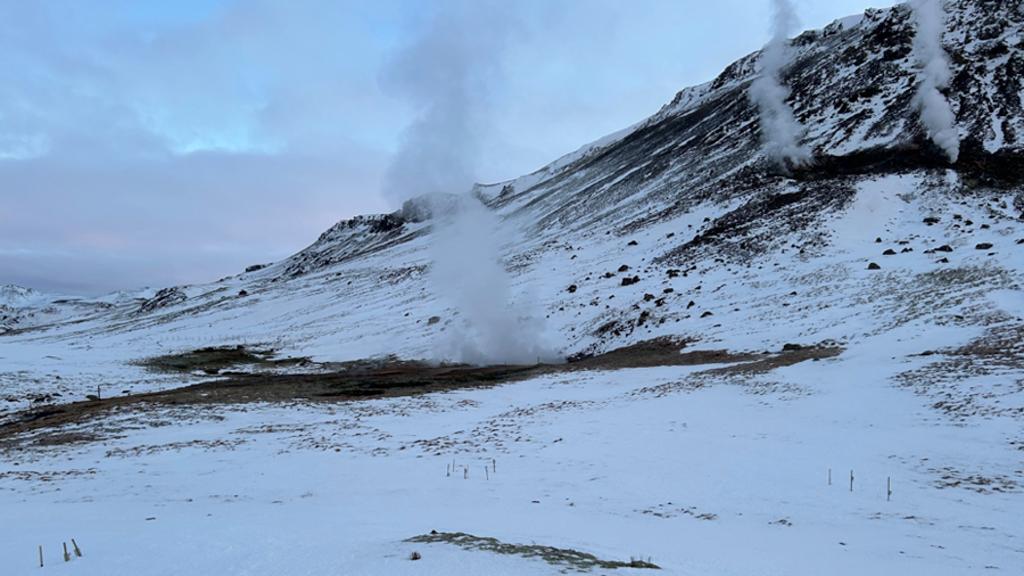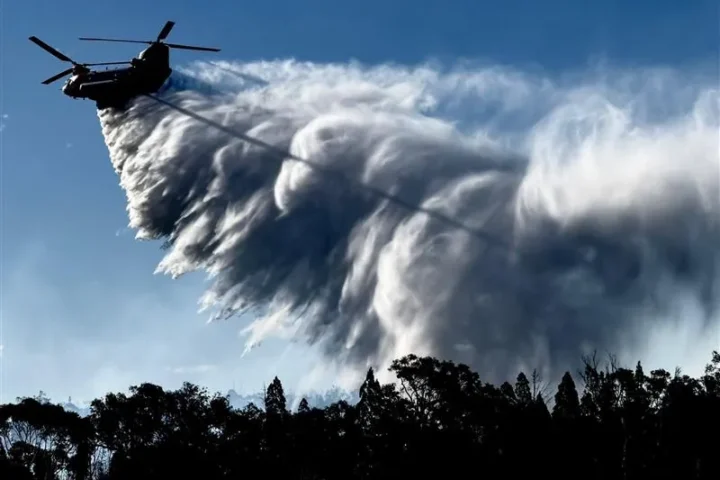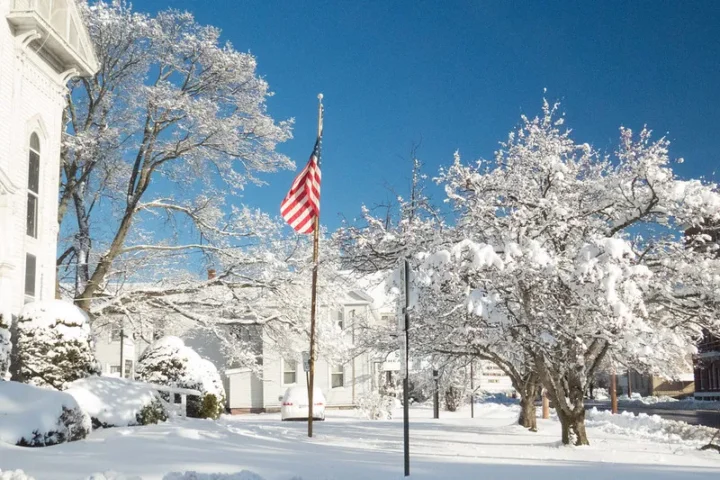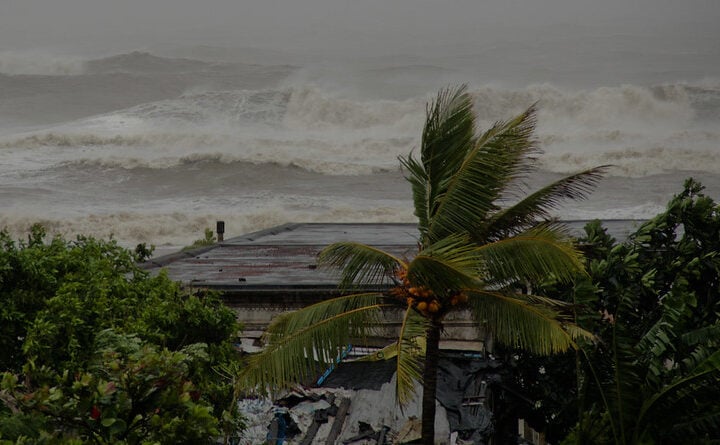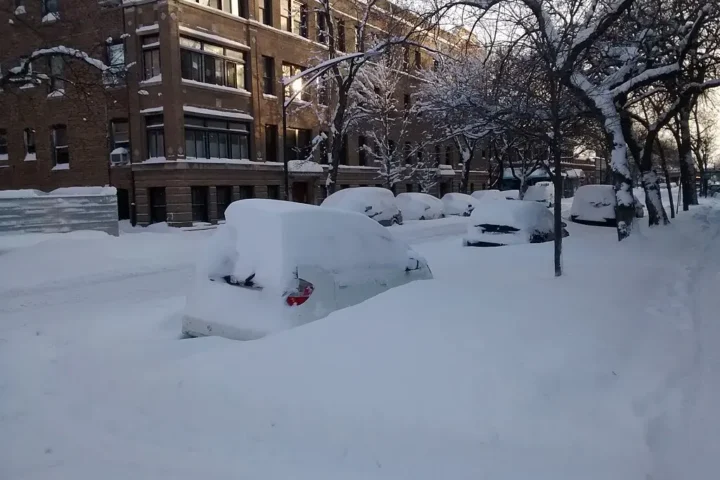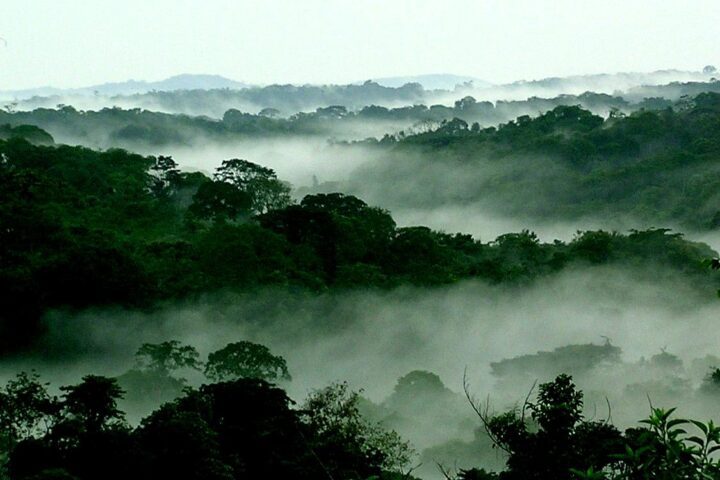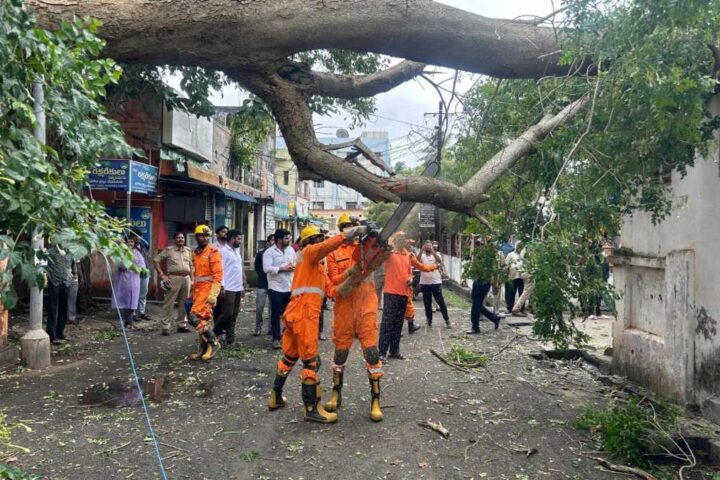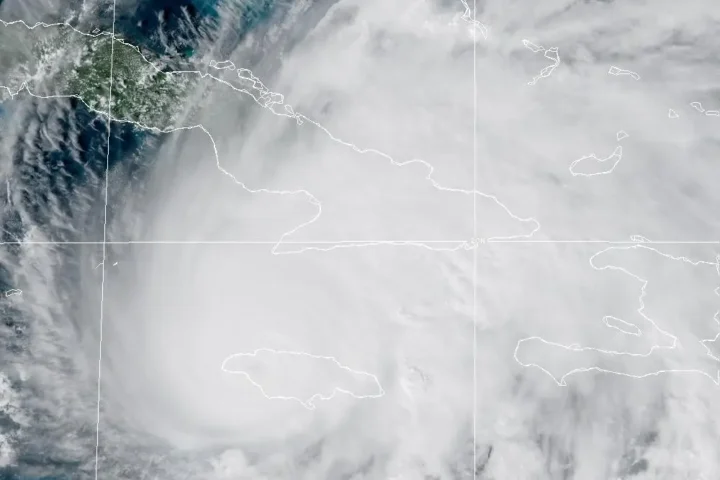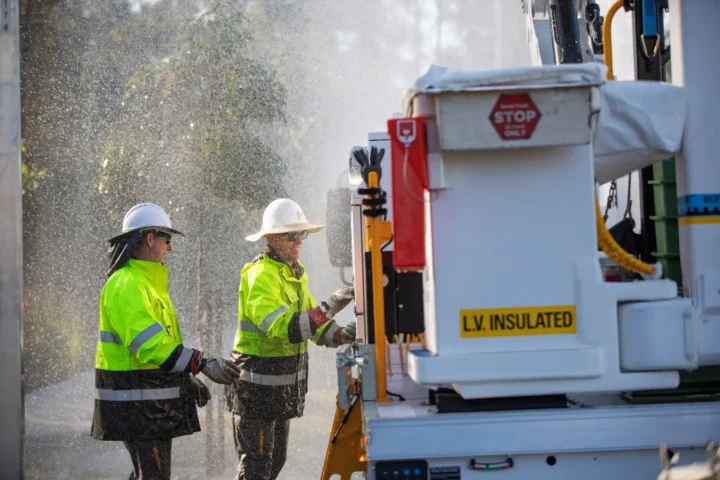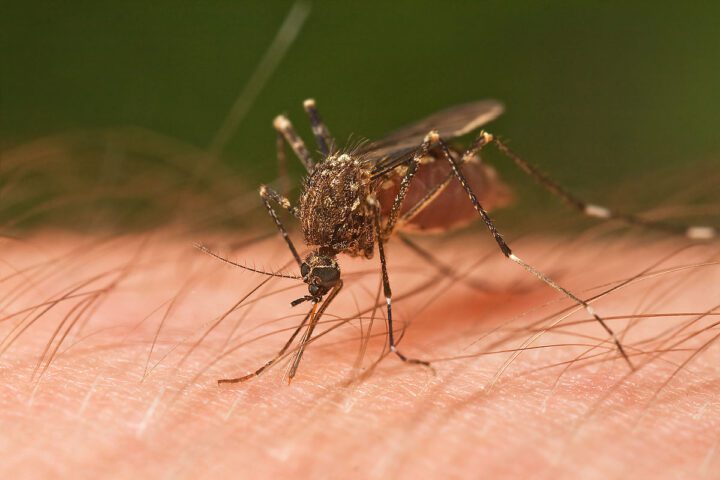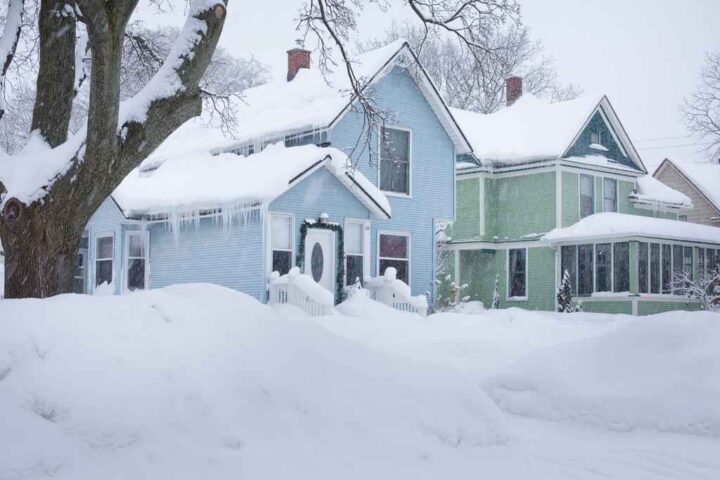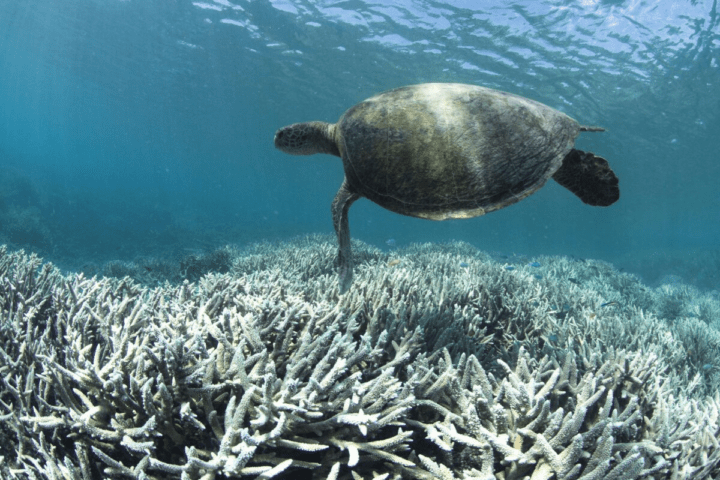The frozen soils of the Arctic hold a ticking climate bomb. New research reveals that warming temperatures are depleting vital nitrogen from Arctic soils, triggering an irreversible increase in carbon dioxide emissions that could accelerate global climate change.
A decade-long study led by researcher Sara Marañón from the Universitat Autònoma de Barcelona (UAB) and CREAF has discovered that rising Arctic temperatures don’t just activate soil microorganisms that release CO2 – they also cause significant nitrogen loss, crippling plants’ ability to offset these emissions.
“We already knew that climate change was causing Arctic soils to release more CO2, but we thought at least some of the emissions would be offset by plant growth, which increases slightly with warming,” explains Marañón. “But our study shows that isn’t the case. Nitrogen is lost and soil fertility decreases, preventing Arctic ecosystems from offsetting microbial CO2 emissions.”
For every degree Celsius of warming, between 1.7% and 2.6% of soil nitrogen disappears, resulting in a proportional increase in CO2 released into the atmosphere. This finding adds another alarming dimension to climate change’s impact on polar regions.
The research took place in a unique natural laboratory in Iceland, where geothermal activity creates soil temperature gradients ranging from 0.5°C to 40°C above ambient temperature. This allowed scientists to directly observe how warming affects high-latitude soils.
What makes this nitrogen loss particularly concerning is its irreversibility. Once these ecosystems lose their nitrogen, they cannot recover their natural ability to sequester rising CO2 levels.
The mechanism behind this loss reveals a dangerous mismatch in timing. Under normal conditions, microorganisms are most active in spring and summer, transforming nitrogen into compounds that plants use for growth. However, warming disrupts this synchrony. Microorganisms become active during winter when plants remain dormant due to lack of light.
“The microorganisms become active in winter, when plants are still inactive due to a lack of light and do not yet need the nutrients the microorganisms provide,” Marañón explains. This results in supply outpacing demand. The transformed nitrogen goes unused and is lost – some filtering into groundwater as nitrates that can contaminate aquatic systems, while another portion may be released as nitrous oxide (N2O), a greenhouse gas nearly 300 times more potent than CO2.
The study also found that warming reduces the soil’s capacity to retain nitrogen by diminishing both the quantity and size of microorganisms and reducing fine roots – natural nitrogen stores. The greatest nitrogen losses occur during snowmelt, when soil nitrogen stores are fullest but plants haven’t grown enough to absorb it.
This discovery is particularly significant because Arctic and subarctic permafrost regions store half the world’s carbon in their frozen soils. These areas cover territories like Greenland, Canada, Alaska, Scandinavia, and Iceland. The Arctic is already warming at a rate two to four times faster than the global average, intensifying permafrost thaw and its consequences.
While scientists have long studied carbon dynamics in the Arctic, the fact that Arctic soils also store enormous amounts of nitrogen – with estimates suggesting 67 billion tons in permafrost – has received less attention. This nitrogen, accumulated over thousands of years, is now becoming available for decomposition as permafrost thaws.
The findings highlight the complex feedback loops that are accelerating climate change. As Arctic soils warm and release more greenhouse gases, further warming occurs, causing more permafrost to thaw and releasing even more gases in a dangerous cycle.
The research team is now planning a new sampling expedition this summer to continue investigating how climate change affects high-latitude soils as part of the SOCRATES project.
Arctic soil nitrogen depletion is critical because it creates an irreversible feedback loop that accelerates climate change. When Arctic soils lose nitrogen, plants can’t grow effectively to absorb CO2 from the atmosphere. With Arctic regions storing half the world’s carbon in frozen soils, this nitrogen loss prevents natural carbon capture processes, allowing more greenhouse gases to accumulate and further warming the planet.
Research shows that for every degree Celsius of warming, Arctic soils lose between 1.7% and 2.6% of their nitrogen content. This proportional loss directly impacts the soil’s fertility and the ecosystem’s ability to offset carbon emissions. As the Arctic is warming 2-4 times faster than the global average, these nitrogen losses are accelerating.
Plants need nitrogen to grow and perform photosynthesis, which absorbs CO2 from the atmosphere. As Arctic soils lose nitrogen, plants are essentially being starved of a vital nutrient they need. Additionally, there’s a critical timing mismatch: soil microorganisms become active during winter when plants are dormant, consuming nitrogen before plants can use it in spring and summer.
The nitrogen lost from Arctic soils follows two main paths: some filters into groundwater as nitrates, potentially contaminating aquatic systems, while another portion is released into the atmosphere as nitrous oxide (N2O). This is particularly concerning because N2O is a greenhouse gas approximately 300 times more potent than CO2, creating what researchers call “a dangerous cocktail” for climate change.
According to the research, this nitrogen depletion process is irreversible. Once Arctic ecosystems lose their nitrogen stores, they cannot recover their natural ability to counteract rising CO2 levels. This permanence makes the issue particularly alarming for climate scientists, as it represents a one-way process that will continue to diminish the Earth’s natural carbon-capturing capabilities.
This research was conducted through a decade-long study in Iceland, where natural geothermal gradients create a perfect natural laboratory. The site produces soil temperatures ranging from 0.5°C to 40°C above ambient temperature, allowing scientists to directly observe how warming affects high-latitude soils. Researchers used isotope tracing techniques to track nitrogen through the ecosystem under different temperature conditions and measured various parameters across four seasons.
